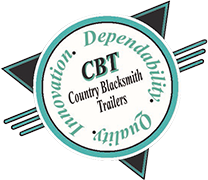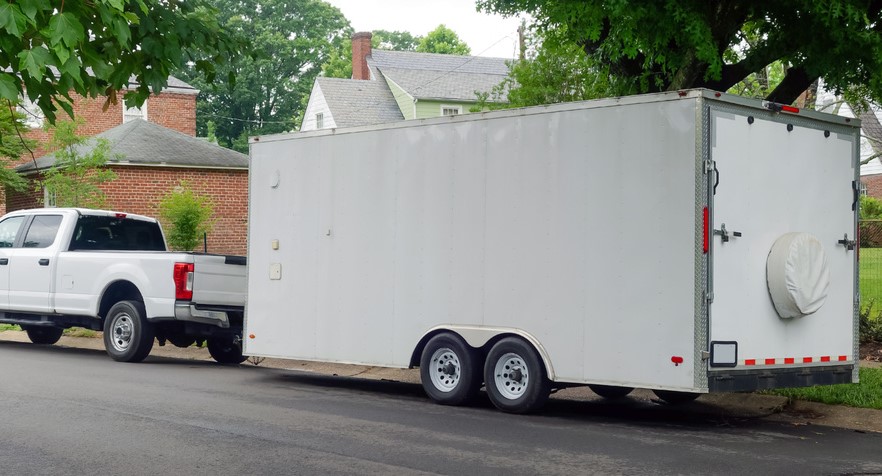
Trailer Advice
Just like cars, trailers are vehicles that must follow parking rules when traveling from place to place. Because trailers are considered commercial property, it’s harder to find a spot to park a trailer. What is even more challenging is that parking rules can change...
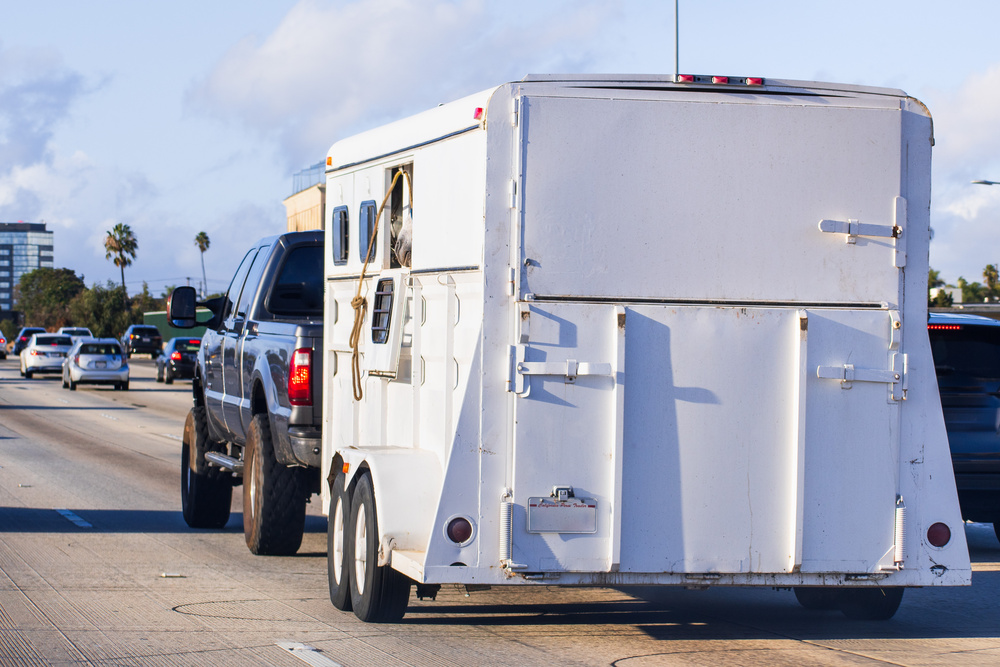
How To Section
Pickup trucks and SUVs are made to be more like workhorses than cars or vans. So, with this power, is a towing package necessary to tow trailer? Though you may have big tires and a hitch, it doesn’t mean you’re ready to drag five tons of boulders behind you. If you...
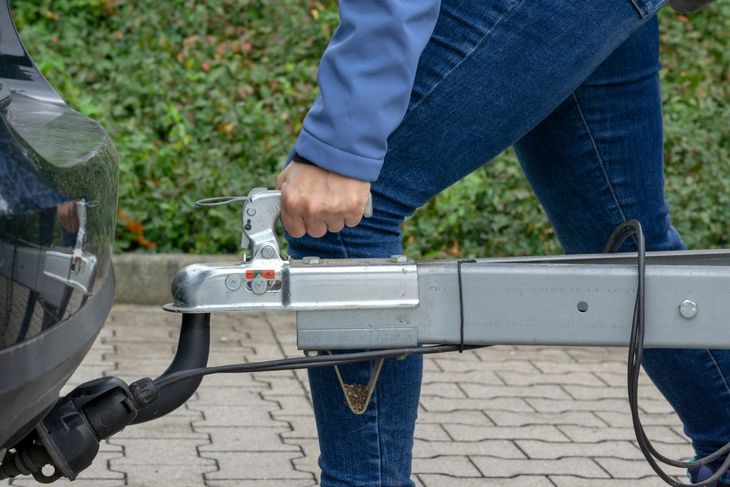
Trailer Advice
When it comes to towing a trailer, one of the most important things needed is a hitch. Without it, of course, you can’t haul a trailer. Having the proper trailer hitch is crucial. This includes the correct type, strength, and hitch ball size. There are a lot of great...
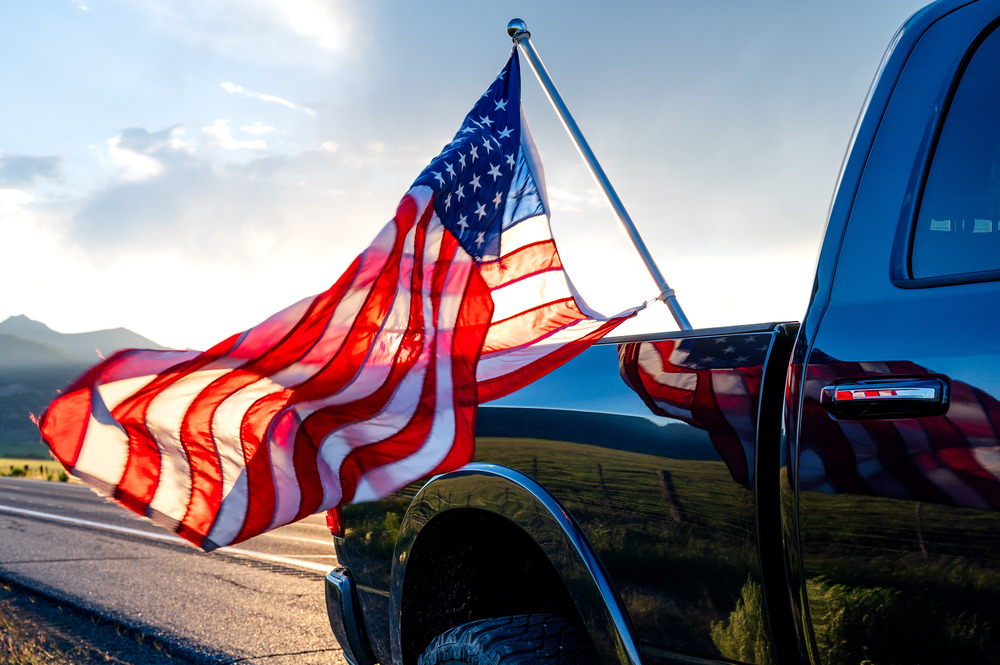
Trailer Buying Guides
There’s no doubt about it. Pickup trucks are the top work vehicle choice for most general contractors, new construction companies, and other industry professions. What is it that makes them so desirable? Well, many factors like versatility, power, and storage ability....
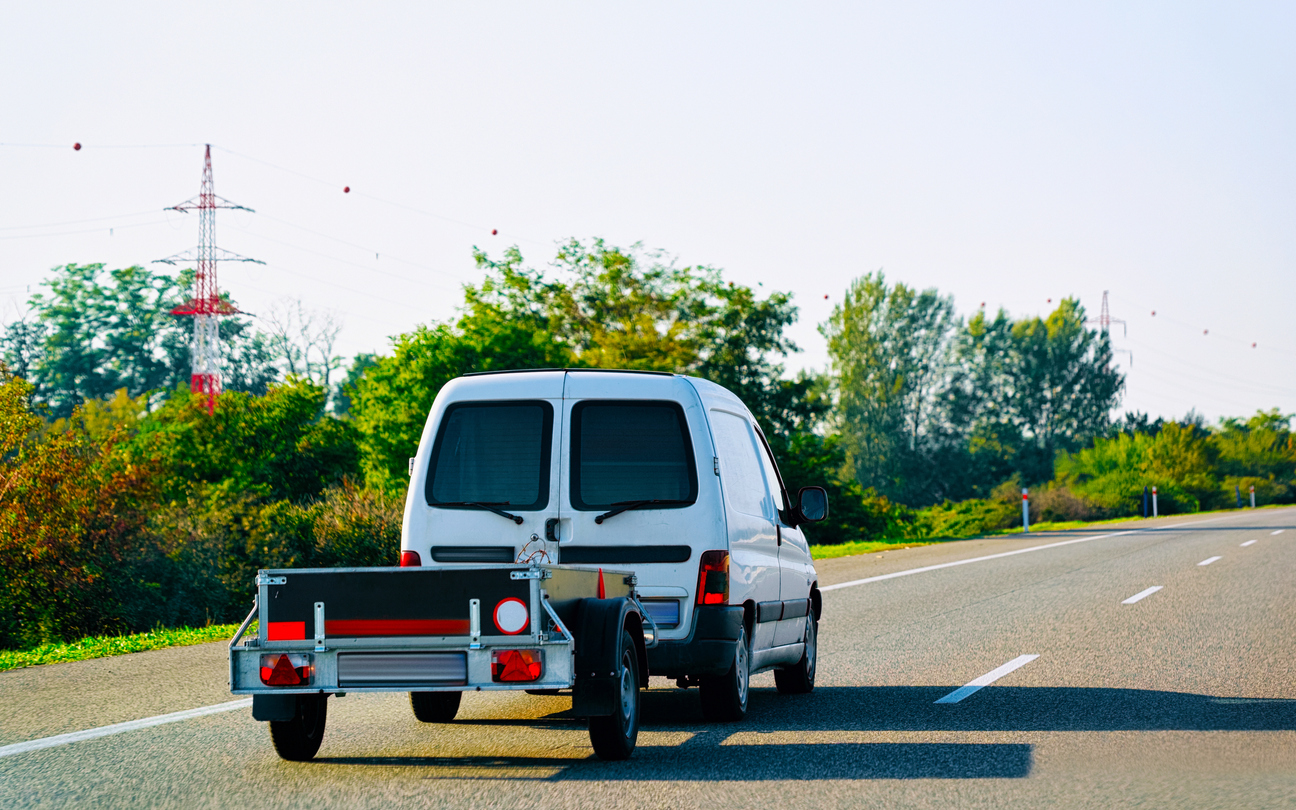
Trailer Buying Guides
Buying The Best Utility Trailer The costs, fees and hassles of renting trailers are not always economical. Especially when you see your reserved trailer is a well-worn ’97 model that wouldn’t hold the weight of kitten. Looking for an affordable option to increase your...






